How to Make Your Home Autism-Friendly for Your Child
September 23, 2022
September 23, 2022
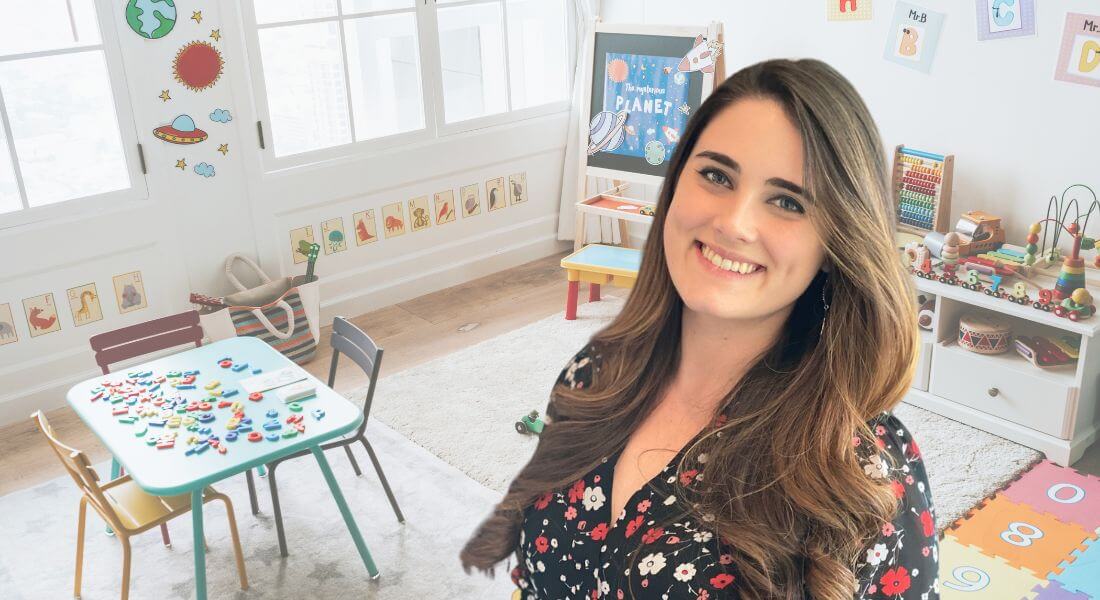
Surely, you’ve seen them on Instagram and TikTok: the impeccable houses with mint-colored bathroom cabinets, plant-filled sunrooms, bright nurseries without a toy out of place, and kitchens that look more like they belong in a museum than inside someone’s home. As families to young children – and caregivers to someone with autism – photos of these gorgeous homes may be saved to your “favorites” but feel long out of reach.
But guess what? Your home can be practical and Pinterest-worthy, too!
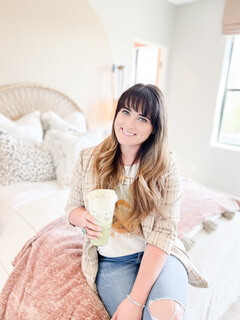
We recently chatted with Natalie Castro of Autism Friendly Homes, who specializes in exactly that. As a home designer, real estate agent and autism sibling with a background in autism therapy, she is uniquely qualified to help families make their dwelling dreams come true.
“Keeping autism in mind, your home can be pretty, safe and functional. It’s not about adding limitations; it’s about adaptations. We want to facilitate play and structure for our kids through design,” said Natalie.
From finding a new house, townhome or condo, to enhancing a home through interior design, Natalie specializes in collaborating with caregivers to create a personalized plan tailored to your family’s needs. Lucky for us – and you! – she gave us the inside scoop with some of her top tips for autism-friendly homes.
As a child with a sister on the autism spectrum, Natalie knew her sister had differences, but it was not until a speech therapist advocated on her behalf that she began to really understand what it all meant.
Angie’s speech therapist asked their parents to bring Natalie to one of her sessions to explain it to her. The speech and occupational therapists taught Natalie how her sister communicated, what they needed to work on and why.
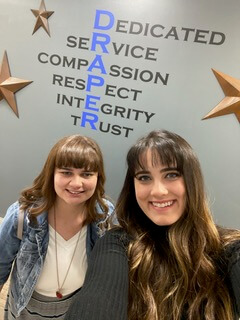
“As a little kid, I observed autism as Angie having tantrums, hitting me, not speaking and shoving me away if I tried to play with her. I wondered if it meant she didn’t like me or didn’t want to play with me,” said Natalie. “The pivotal moment in the relationship with my sister began in the therapy offices. I can’t stress how important that time was for us. That’s when I started loving how to better understand Angie and other kids with autism.”
After a while, realizing how beneficial it was to have a Natalie in the sessions, the therapy office asked her to sit in with other kids. This is when the spark went off for Natalie. She loved working on motor skills with OT, and equally enjoyed her time on the swings! This is also where she first learned about sensory regulation, which would later come into play within her work.
As a teenager, she began babysitting other children with autism and other disabilities or special needs.
“I would take it upon myself to help parents organize their playrooms. It was a fun opportunity to take what the therapists were doing in the office and work it into their homes,” said Natalie.
Then came summer camps and preschool, along with her studies in a mix of speech therapy, occupational therapy and applied behavior analysis (ABA therapy) in school as she worked toward her bachelor’s degree. During this time, she also worked closely with a child to implement his therapists’ recommendations in the classroom and at home, before building a team of other college students interested in similar roles.
Previously living in Florida, Natalie opened a therapy office based on these experiences before moving to Utah to start fresh, which is where her passions began to blend together.
“While watching HGTV one day, I thought, ‘Why doesn’t this type of service exist for families living with autism?’” said Natalie. “By getting my real estate license and incorporating interior design, I’m able to adapt what I used to provide to families on a whole new level.”
Now, with an autism friendly homes online course, podcast, Facebook community and Instagram feed that feels like eye candy, Natalie has tons of tools to help families find and design the ideal spaces that will foster their child’s development.

From buying a home to updating their current space, here are a few key considerations she recommends to families touched by autism, no matter where they are in their home journey:
In addition to her online course and real estate guidance, Natalie offers one-on-one consultations for families to personalize their spaces, but she gave us a sneak peek with some quick tips you can put into action right now. (P.S. For every three homes she sells, she designs a sensory room for one of her local organizations, which is a bonus reason to connect with her!)
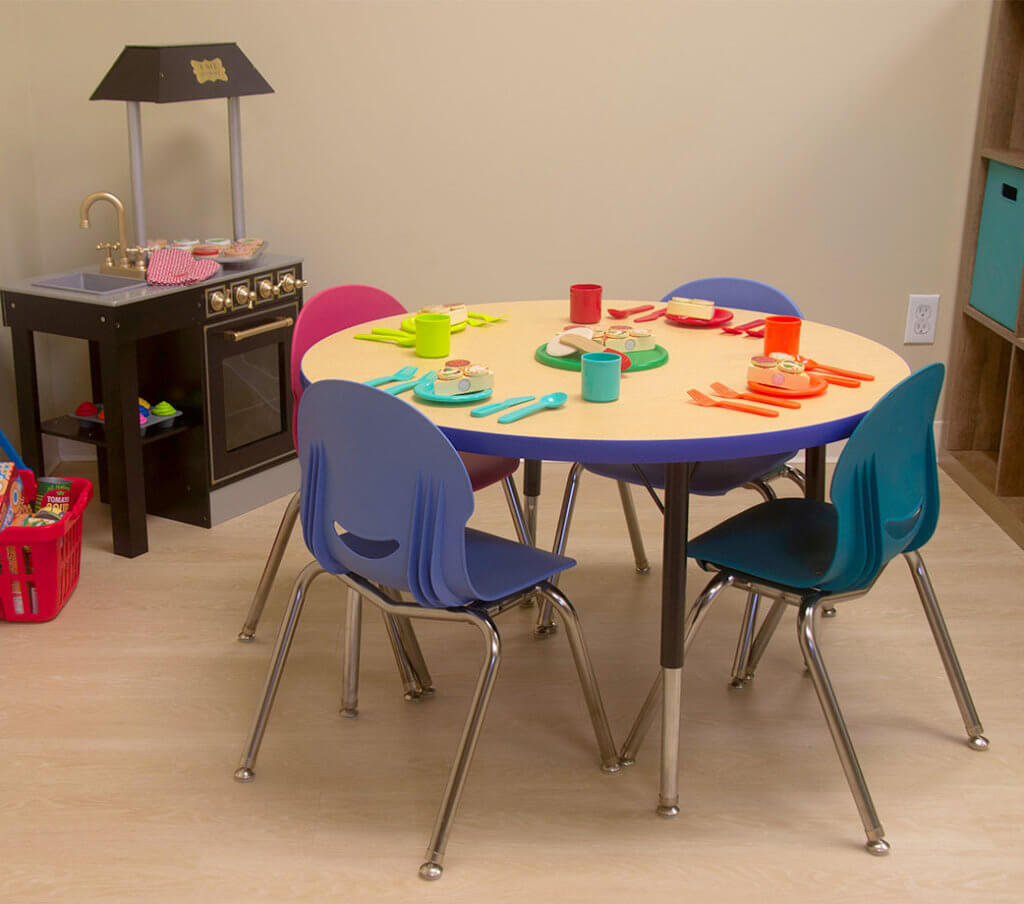
1. A Kitchen Designed for Skill-Building
A lot of parents set up toy kitchens in the playroom, but I recommend putting it inside your kitchen. This helps kids visualize and model what we do in this space. If you don’t have space for a full setup, that’s ok, too! Give them their own set of mixing bowls and pretend food to play with here. While you’re cooking, they can model what you are doing with their own “ingredients.” This is also a good space to work on food aversions—even when it’s not feeding time. For instance, if they are working on tolerating yogurt, consider giving them shaving cream to play with in their bowl while you scoop yogurt into your own bowl. If you are trying to introduce a new food, such as strawberries, you could also use strawberry-scented Playdoh in the kitchen to mold their own strawberries before snack time. It is helpful to have a lot of visuals in the kitchen, so you can also work with your therapy team to create boards specific to their mealtime-related goals so you can work on them consistently.
2. A Bathroom Made of Sensory Dreams
The bathroom is a great space for regulation when it is set up with your child in mind. I love to add details that appeal to a child’s sensory needs and preferences. For some, this can look like LED glow lights, soothing lavender essential oil in or around the tub, a white noise machine and a surgical brush that is specific for use in the bath (ask your child’s occupational therapist how this can be used for a relaxing effect), all of which can be used as part of the bedtime routine. Many of the littles also enjoy foot spas, as it gives them the opportunity to move and kick those cute feet. If your child has difficulties in the bath, you can give your child a plastic baby doll or other easily washable toy so they can take turns bathing.
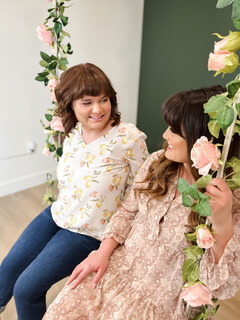
3. A Calming Bedroom Set Up for Safe Slumber
In order to teach young children that the bedroom is intended for sleep, not a play discovery zone, it’s important to set up the space to be peaceful and serene. Some kids are more visually stimulated as others, so I like to opt for neutrals and muted tones in the bedroom, sticking with no more than three or four colors. Though it may seem counterintuitive to what many of us grew up with, the first thing I often do to bedrooms is remove cartoon-themed bedding, alphabet mats and any other items that may be too overstimulating when it’s time to sleep. This includes transitioning TVs, toys and even books to other areas of the house, such as a playroom. I also don’t recommend desks in the bedrooms for young children, and I take a minimalistic approach to décor (A.K.A. lessen the knickknacks on the dresser). Instead, I tend to choose bedsheets with ruffles or another similar element as a source for sensory input rather than visual distraction. If you have the space, consider a swing chair or small rocking chair – HomeGoods has great options – topped with a small weighted blanket, which is considered safer to use in a seated space than in bed. Essential oil diffusers or lavender-filled stuffed animals are another great way to prepare the senses for bedtime.
4. A Closet Focused on Self-Care
Though not a “room,” per say, the bedroom closet deserves its own spot on the list. Organize the closet in a way that provides your child with opportunities to learn about self-care. If possible, keep clothes in an area of the closet where they can reach them. They may not be able to dress on their own yet, but giving them more independent opportunities to grab them or attempt to put them on can aid in their development. Though I recommend moving most toys to other areas of the house, there are a few that are beneficial to keep in the bedroom closet … if they are going to play with something here, it should be functional. For example, give them easy access to stuffed animals with buckles and snaps and boards with zippers and laces, should they wish to practice dressing skills. Adding a visual chart – such as a “first, then” board to showcase pants, then socks, then shoes – can also be a nice addition. Self-regulation is another form of self-care that we can approach by making sensory bins accessible within the closet, which you can rotate every week or so to keep them engaged.
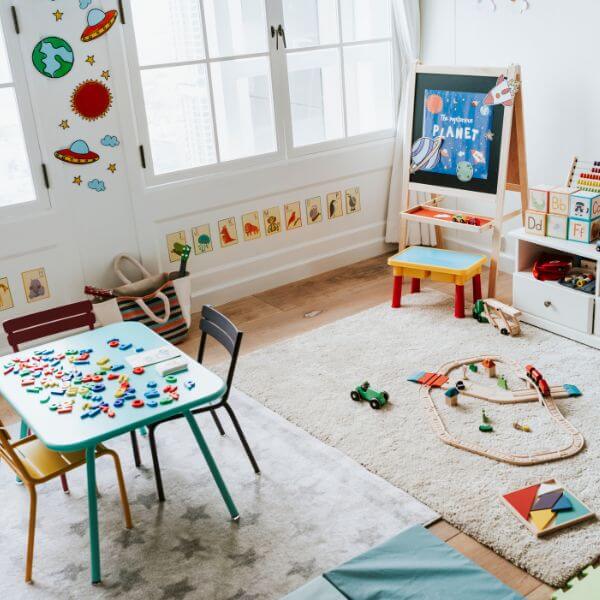
4. A Playroom Prepared for Exploration
Depending upon your home, this could be an entire playroom or a dedicated play space in another area of the house, but either way, consider this the fun zone! This is your opportunity to bring in the themes according to your child’s interests, whether it is Peppa Pig, Thomas the Train, or dragons and unicorns. Add in toys that have added benefits in areas of gross motor, fine motor and social skills. If you have the financial ability, jungle gym accessories and swings are nice additions, but are not necessary, especially if you live near a community playground. Easels and arts and crafts stations filled with stickers, felt boards, Playdoh and crayons are fantastic for exploring creativity and building motor skills. If fine motor skills are a focus, talk to your child’s occupational therapist to get a list or chart to display the various grips they are working on within their goals. Piano floor mats and music boards on the walls can support social skills. Mirrors can be hit or miss if your child struggles with aggression, but if it feels safe, children love to see their facial expressions, which can be extra exciting when seen through a squiggle mirror. Use bubble tubes to highlight the concepts they are working on in a fun and functional new way.
If you are on the hunt for a new home or are now inspired to update your family’s current living space, Natalie has a host of great resources on her website to build upon what you see here, plus she created an Amazon shopping list of items you can incorporate into your spaces to give them a glow up.
For more ideas on how to incorporate therapy into your home life – or to get more clinical support in general – reach out to us to learn about the services available to you at Hopebridge. From autism testing and ABA therapy, to speech therapy to family education sessions, Hopebridge has a wide range of options families can combine for safe, effective and compassionate care, all customized to highlight your child’s strengths and needs.
*Informed consent was obtained from the participants in this article. This information should not be captured and reused without express permission from Hopebridge, LLC.
Tips and Advice
July 21, 2022
15 Ways to Keep Children with Autism Physically Active in Summer
Tips and Advice
October 13, 2021
Toilet Training Tips for Kids with Autism: Learn from a Hopebridge BCBA
Tips and Advice
December 13, 2019
Hopebridge BCBA Offers Five Home Safety Tips for Wandering and Elopement